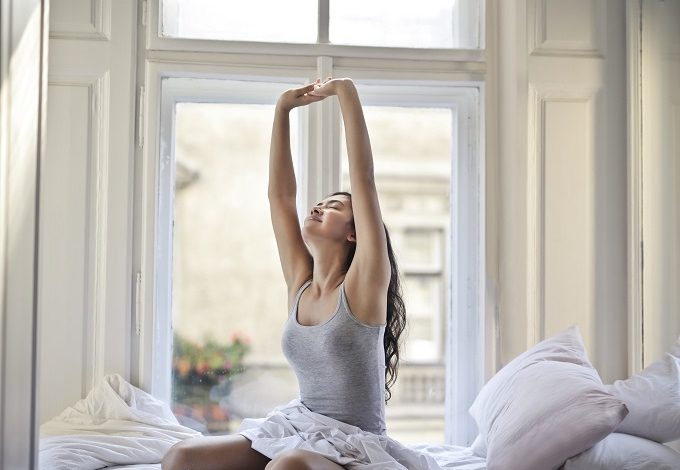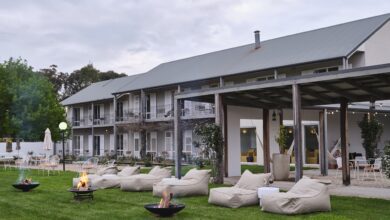
Mattress minefield: What crawls into your beds?
Humans spend a third of their lives in bed, and for hotel guests, the quality of their sleep will define their hotel experience.
Accommodation providers must therefore be vigilant in defusing the mattress minefield.
A 10-year-old bed is likely to have clocked up 30,000 hours of sleep; that is a decade of detritus, sweat, saliva, dead skin, and other nocturnal nasties that can lure unwanted guests such as bed bugs.
Every day, humans shed half a billion skin cells and, over time, many settle into the cracks and crevices of mattresses. Dead skin provides a feast for dust mites.
According to respiratory expert Professor John Blakey from Sir Charles Gairdner Hospital in Western Australia, “If you didn’t wash your bedding for a year it would be more than a kilo heavier just because of dead skin.”
Spider-like dust mites thrive on skin cells, particularly on pillows because they love the humid environment.
Mites can trigger asthma attacks and an allergy that produces all-year-round hay fever-type symptoms.
Then there is the threat of guests breathing in toxic fumes while they slumber. Body heat may help release volatile organic compounds (VOCs) from your mattress. These come mainly from petroleum-based polyurethane and chemicals like formaldehyde and flame retardants used in some cheaper mattresses.
The average adult sweats 26 gallons a year in bed. That makes the mattress potentially a warm, moist home for fungus and bacteria.
Buying mattresses made from natural products will enhance the sleeping experience for guests as they provide anti-microbial properties and easy maintenance over time. As mattress maintenance techniques require their movement, a strong construction guarantees less damage.
Natural ventilation of the mattress through the base is essential.
Given that a hotel mattress will be used by dozens of different people throughout a year, it must be protected, both from wear and tear and potential accidents such as food stains.
Waterproof and washable mattress protectors safeguard against stains, dirt, mites, and even bedbugs.
Professor Blakey recommends frequently vacuuming the mattress and daily room service is one of the most essential factors in maintaining them. Emphasis should be placed on the best possible ventilation of the mattress, leaving the door open for as long as possible, so that it can be refreshed. It is also important to ensure that there is no moisture either in the bed area or in the room in general, as it is one of the most aggravating factors for the mattress.
When there is a generic moisture problem, the use of specialized dehumidifiers is recommended.
Mattress rejuvenation should be performed on a case-by-case basis, but manufacturers recommend that in hotels, the rejuvenation process should be repeated at least three times a year since mattresses are used by many people.
The mattress should be thoroughly vacuumed, and an enzyme-based pet odour remover may clean up many bodily fluids.
A box of baking soda sprinkled over the mattress also helps, especially if the property can spare the bed and lets the powder absorb odours for 24 hours before vacuuming. The mattress should be placed near a window so that sunlight can help disinfect it.
Tips for mattress protection include:
- Ventilate the mattress outdoors.
- ‘Side turn’ the mattress for keeping its shape.
- Clean it with a vacuum.
- Avoid ‘wet cleaning methods’ as detergents, water, and even steam can be destructive for the mattress.
Grantlee Kieza OAM has won three Queensland Media Awards, two Australian Sports Commission Awards and has been a finalist for the Walkley and News Awards and for the Harry Gordon Award for Australian sports journalist of the year. In 2019 he received the Medal of the Order of Australia for his writing. You can find more of his work in our AccomNews & Resort News print magazines.
He has written 22 acclaimed books, including bestsellers Hudson Fysh, The Kelly Hunters, Lawson, Banks, Macquarie, Banjo, Mrs Kelly, Monash, Sons of the Southern Cross and Bert Hinkler.







